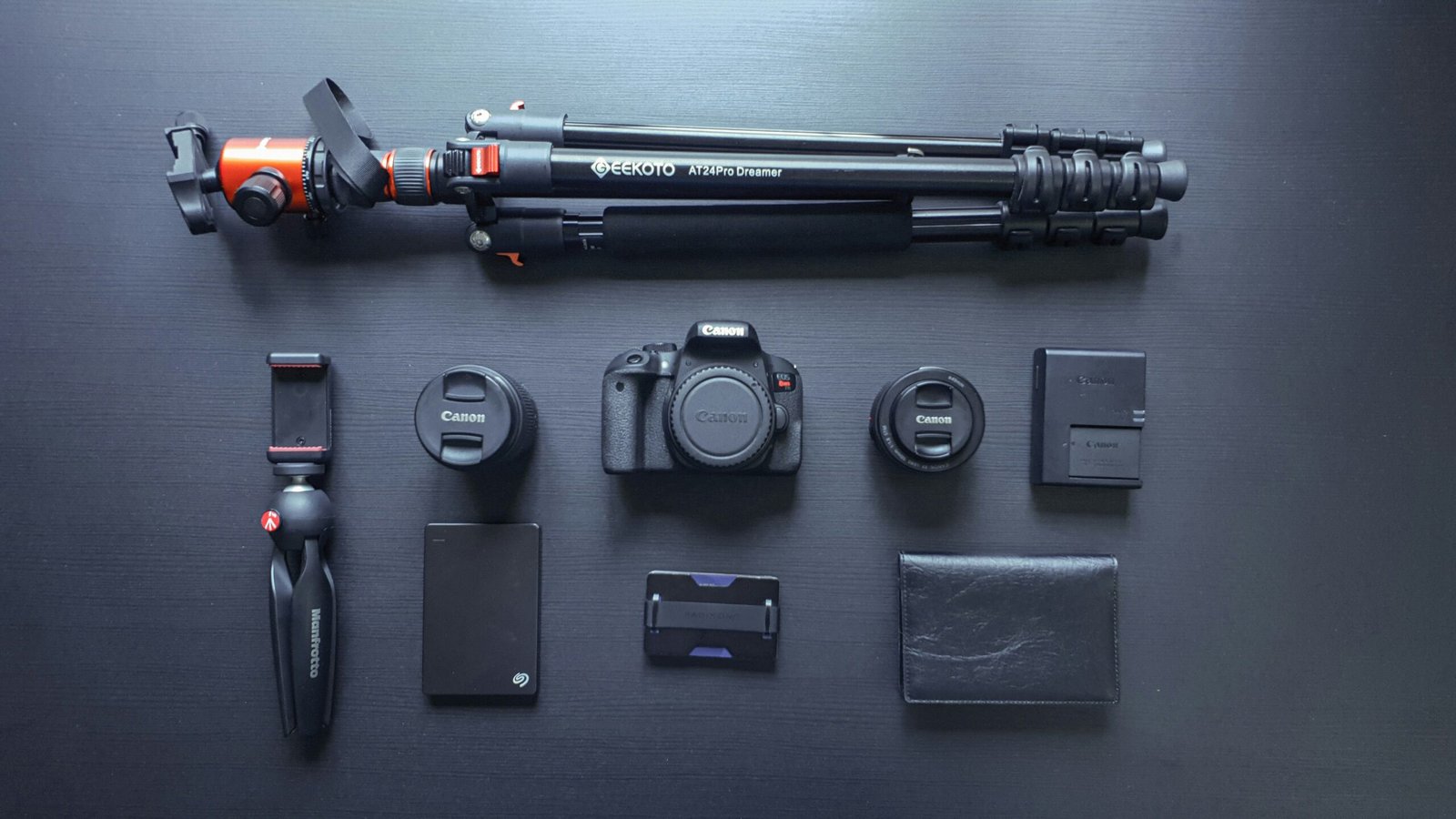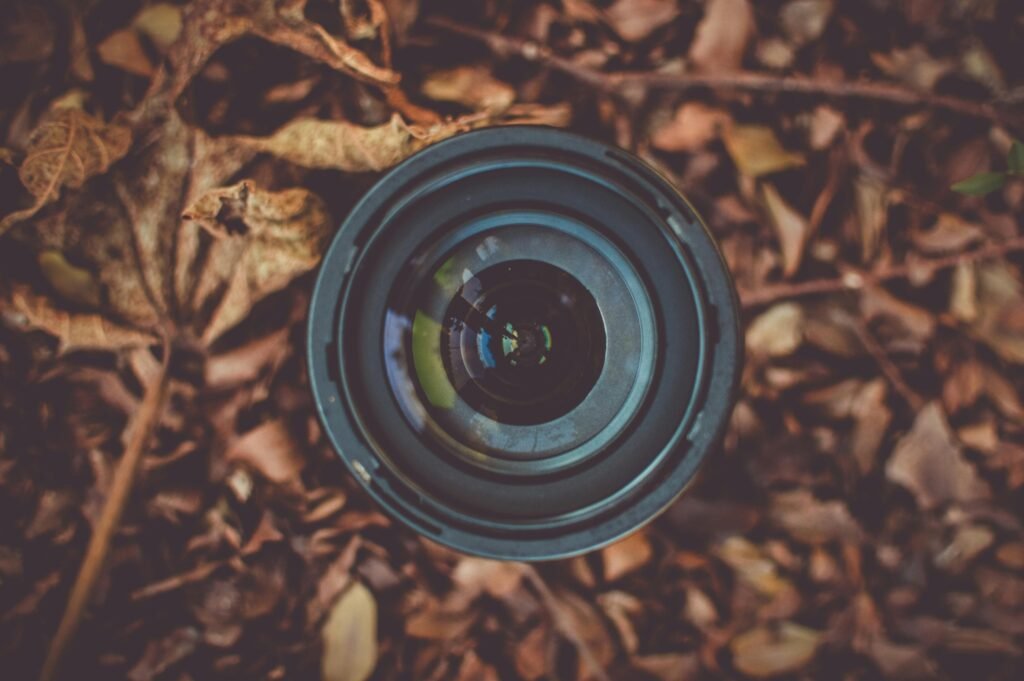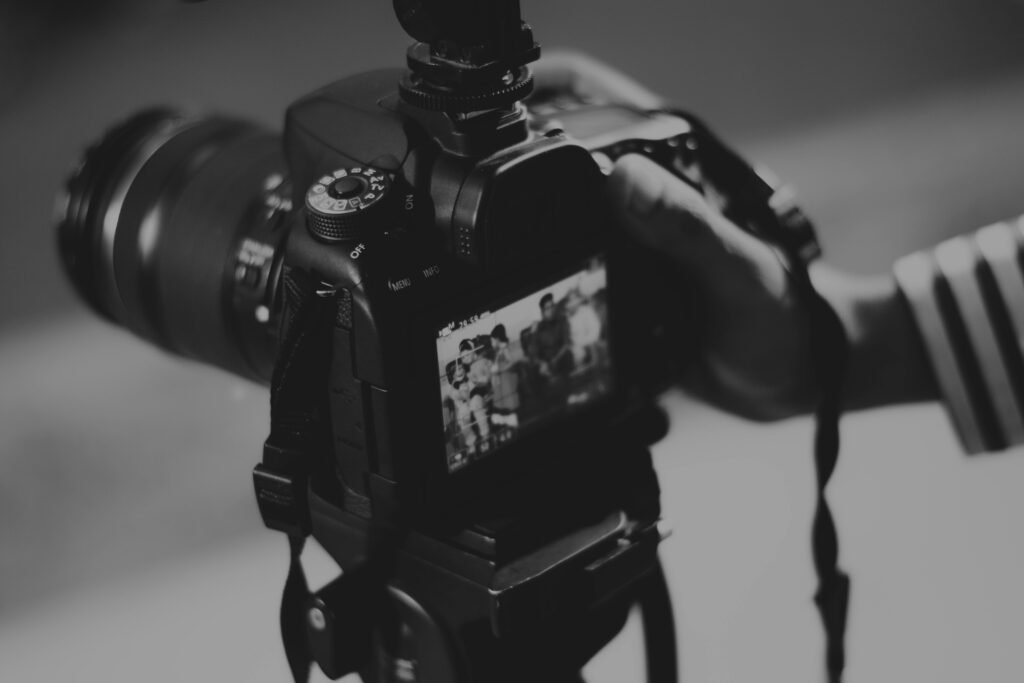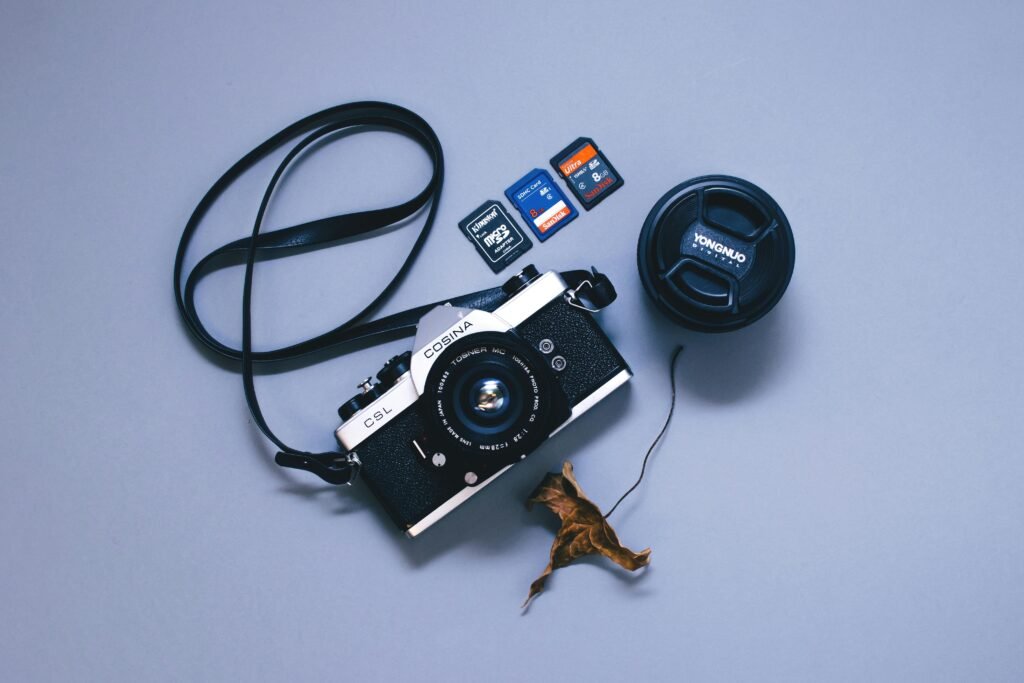Introduction to Travel Photography
Travel photography is a vibrant and dynamic field that encapsulates the essence of exploration and experience. This genre of photography not only captures stunning landscapes and iconic landmarks but also endeavors to tell stories about the diverse cultures, traditions, and people encountered during one’s journeys. Through the lens of a camera, travel photographers have the unique ability to showcase the beauty of the world and the intimate moments that occur while traversing through it.

The significance of travel photography extends beyond mere aesthetics. It serves as a visual narrative, allowing viewers to vicariously experience different places and perspectives. Each photograph has the potential to evoke emotions, inspire wanderlust, and highlight the interconnectedness of humanity and geography. By focusing on the finer details of a location—be it a bustling market in Marrakech or the serene landscapes of the Scottish Highlands—travel photographers create a compelling dialogue that celebrates the world’s rich tapestry.
However, embarking on a travel photography venture requires meticulous planning and preparation. The success of capturing those once-in-a-lifetime shots often hinges on the gear utilized, the locations chosen, and the photographer’s adaptability to changing environments. Careful packing is crucial; it ensures that photographers are well-equipped to handle various scenarios, from sudden weather changes to spontaneous encounters with locals. Having the right tools at one’s disposal not only enhances the potential for captivating imagery but also streamlines the overall travel experience.
In the following sections, we will delve into a comprehensive checklist of essential gear that every travel photographer should consider packing. This guide aims to aid both seasoned professionals and enthusiastic beginners in navigating the complexities of gear selection, ensuring that they are adequately prepared to capture the world in all its splendor.
Essential Camera Equipment
When embarking on a journey as a travel photographer, the choice of camera equipment plays a pivotal role in capturing stunning images. The primary options in the market include DSLRs, mirrorless cameras, and compact cameras, each catering to different preferences and requirements.
Digital Single-Lens Reflex (DSLR) cameras are renowned for their exceptional image quality and performance in various lighting situations. The interchangeable lens system provides versatility, allowing photographers to choose the best lens tailored to specific environments, whether it be wide-angle for landscapes or telephoto for wildlife. Popular DSLR models like the Canon EOS 90D or Nikon D7500 are great picks for travel photography, embodying durability and a robust set of features.

On the other hand, mirrorless cameras are increasingly favored for their compact design without compromising on image quality. They offer similar functionalities to DSLRs but are typically lighter and quieter, making them ideal for travel where space and discretion are crucial. Notable options include the Sony Alpha a7 III and Fujifilm X-T4, which both deliver outstanding performance and have substantial lens ecosystems to enhance the shooting experience.
For those who prefer a more lightweight setup, compact cameras provide a perfect balance between portability and performance. Models like the Sony RX100 VII and Canon G7X Mark III are excellent choices for travelers who want high-quality images without the bulk associated with larger systems. These cameras often come with impressive zoom capabilities and user-friendly interfaces tailored for on-the-go photography.
Regardless of the choice between DSLRs, mirrorless, or compact options, understanding their functionalities and how they cater to different styles of travel photography is essential. The selected equipment should align with individual photographic goals and the unique demands of the journey ahead.
Lenses: A Photographer’s Best Friend
For travel photographers, choosing the right lenses is fundamental to capturing stunning images. Lenses act as a photographer’s best friend, allowing for creative expression and versatility in various environments. When packing gear for travel, it is essential to consider both prime and zoom lenses, as each type offers unique benefits that cater to different photographic styles and situations.
Prime lenses, which have a fixed focal length, are known for their sharpness and ability to perform well in low light situations. Typical prime lenses include 35mm and 50mm options, which are excellent choices for capturing landscapes and portraits, respectively. Their simplicity often leads to enhanced creativity, as photographers must physically move closer or farther away from the subject to compose their shots. Because of their compact size and lightweight nature, prime lenses can be an ideal choice for travel, providing high-quality images without the burden of heavy equipment.
On the other hand, zoom lenses offer the flexibility to change focal lengths without requiring additional gear. A versatile 24-70mm zoom lens, for example, is ideal for street photography, allowing photographers to quickly adapt to various subjects without missing a moment. For those capturing expansive landscapes, a wider lens, such as a 16-35mm, can provide depth and grandeur, while longer focal lengths like 70-200mm can help in isolating subjects and compressing scenes in wildlife photography. However, zoom lenses are often bulkier and heavier than prime lenses, making it crucial to balance weight versus versatility based on individual travel needs.
When selecting the perfect lenses for travel, consider both the type of photography preferred and the potential constraints of carrying equipment. Ultimately, having the right combination of lenses can significantly enhance a travel photographer’s ability to capture memorable images, making thoughtful packing decisions essential.
Tripods and Stabilization Gear
Stability plays a crucial role in photography, particularly for travel photographers who often work in dynamic environments. The ability to capture sharp, well-composed images can be significantly hampered by camera shake, especially during low-light situations or when using long exposure techniques. Therefore, investing in a reliable tripod or stabilization gear becomes essential for anyone serious about travel photography.

When selecting a tripod, several key features should be considered. Firstly, the tripod’s weight and size are paramount, as travel photographers often need gear that packs efficiently without compromising functionality. Look for models that are lightweight yet sturdy, constructed from materials such as aluminum or carbon fiber. Additionally, ensure that the tripod has a high load capacity to support your camera and any additional equipment you may use, such as lenses and filters.
Height is another significant factor to consider; a tripod that can easily adjust to various heights allows for greater versatility in composition. Tripods with a ball head mechanism offer faster adjustments and more fluid movement, which can be immensely helpful in capturing spontaneous moments. Furthermore, models equipped with rubber feet provide better grip on different surfaces, enhancing stability in diverse terrains.
For those seeking lightweight alternatives to traditional tripods, consider options such as travel tripods or monopods. Travel tripods are designed specifically for portability, often folding down to compact sizes while still providing adequate stability. On the other hand, monopods offer a good compromise between support and mobility, allowing for quick setups while still assisting to minimize camera shake during shooting sessions.
In summary, the right tripod or stabilization gear significantly influences the quality of travel photographs. By considering weight, material, height, and type of stabilization available, photographers can ensure they are equipped to capture stunning images on their adventures. A thoughtful selection of this essential gear will not only enhance your photographic experience but will also result in striking, professional-quality images.
Lighting Equipment and Accessories
For travel photographers, lighting equipment plays a crucial role in capturing high-quality images across various environments. While natural light can yield stunning results, having additional lighting gear at one’s disposal allows for greater versatility. This section will focus on essential lighting accessories such as external flashes, reflectors, and portable LED lights, which cater to different scenarios encountered while on the road.
External flashes are invaluable tools for illuminating scenes that may lack sufficient light. They can enhance portraits by adding depth and clarity, particularly in low-light situations such as during the golden hour or indoors. Many models now feature lightweight designs, making them easy to pack and transport. Additionally, wireless external flashes provide flexibility in terms of positioning, allowing photographers to achieve desired lighting effects without being tethered to the camera.
Reflectors, though often overlooked, are essential for manipulating natural light. These tools help bounce sunlight onto subjects, reducing shadows and creating a balanced exposure. Available in various sizes and finishes, reflectors can easily fit into a travel bag. A foldable option is particularly advantageous, as it can be stored compactly and deployed quickly when the need arises. Photographers can choose between gold, silver, or white surfaces to achieve different lighting effects and enhance the overall mood of their images.
Portable LED lights are another important addition to any travel photographer’s toolkit. These compact lights provide adjustable color temperatures and brightness levels, making them incredibly versatile. They can be used for both still photography and videography, enabling creatives to illuminate subjects effectively in dimly lit environments. Likewise, many portable LED options are rechargeable, further reducing the hassle of carrying extra batteries while traveling.
Incorporating these lighting equipment pieces into a travel photography kit ensures that photographers are prepared for diverse lighting conditions. With the right gear, the art of capturing moments can transcend limitations posed by the environment. Each tool provides unique benefits, allowing photographers to produce stunning, professional-quality imagery. As you consider your travel packing list, prioritize integrating these essential lighting accessories for optimal results on your photographic journey.
Memory and Storage Solutions
For travel photographers, safeguarding their photographic memories requires careful consideration of memory and storage solutions. The first step in this process involves selecting the right type of memory card. High-capacity SD cards, especially those rated with a UHS-II speed class, are vital for ensuring speedy data transfer and reduced lag during shooting. Additionally, it’s prudent to have multiple cards on hand, as this not only provides extra storage but also serves as a backup in case of card failure. Regularly rotating and formatting these cards can maintain optimal performance and prevent data corruption.

Beyond memory cards, travel photographers should also consider investing in external hard drives. These portable drives offer ample storage capacity, allowing users to transfer and store vast amounts of data safely. Look for rugged designs that can withstand the rigors of travel, such as water and dust resistance. It is wise to carry two external hard drives, implementing a “2-1” backup rule: save files on both drives. This redundancy significantly reduces the risk of data loss during travel.
Moreover, the digital age has introduced cloud storage solutions that can further enhance your photographic workflow. Services like Google Drive, Dropbox, and Adobe Creative Cloud provide the ability to store files remotely, offering easy access from any location with internet connectivity. Utilizing these platforms can safeguard images through automatic backups, keeping your valuable work secure even in the event of equipment damage or loss. However, it’s crucial to ensure that internet connection availability is considered, particularly in remote areas.
In conclusion, effective memory and storage solutions are essential for travel photographers aiming to preserve their work. By selecting the appropriate memory cards, utilizing external hard drives for secure storage, and incorporating cloud-based solutions, photographers can enjoy peace of mind while focusing on capturing stunning visuals during their journeys.
Cleaning and Maintenance Gear
For travel photographers, ensuring that gear is clean and functioning optimally is crucial, especially when embarking on adventures across diverse environments. The accumulation of dust, dirt, and moisture can compromise the performance of photography equipment, leading to subpar images or even hardware damage. Therefore, packing the right cleaning and maintenance gear is indispensable for every photographer.
One of the most essential items to include in your packing list is a high-quality lens wipe. These microfiber cloths are specifically designed to remove smudges and fingerprints from lenses without scratching the surface. It is advisable to carry several of these wipes, as they become less effective after repeated use. Additionally, a lens cleaning solution can be useful for tougher stains; however, it should be used sparingly to avoid any potential damage to the lens coating.
Another important tool in your maintenance kit is a lens brush. This tool helps remove loose dust and dirt particles from lens surfaces, sensor areas, and camera bodies. Using a brush before wiping with a cloth can prevent scratching, particularly in sandy or dusty environments, common during outdoor shoots. A blower can also aid in removing dust from the camera sensor and internal components, which is particularly helpful when shooting in humid, sandy, or windy conditions.
Moreover, it is worthwhile to consider including a multi-tool in your gear, which can assist in tightening screws or making minor adjustments on-the-go. This can prove invaluable during a shoot when time is of the essence. These maintenance items, when combined with protective bags to shield equipment from inclement weather or abrasive elements, will enhance the longevity and performance of your travel photography gear. Proper attention to cleaning and maintenance can significantly elevate your photographic experience on the road.
Personal Items and Comfort Gear
For travel photographers, packing the right personal items and comfort gear is essential for a seamless photography experience while on the go. The first consideration should be comfortable clothing, as photographers often find themselves in varying weather conditions and may spend long hours outdoors. Breathable fabrics and layers allow for adaptability, keeping the photographer comfortable and focused on capturing stunning images. Choosing moisture-wicking materials can be advantageous, especially in humid climates, while waterproof jackets can protect against unexpected rain showers.
In addition to clothing, selecting an appropriate travel bag is crucial. A bag that caters specifically to photography gear not only protects valuable equipment but also facilitates easy access. Look for bags with padded compartments that securely hold cameras, lenses, and accessories while maintaining a lightweight construction. Sling bags or backpacks designed with photographers in mind provide practicality and comfort, allowing for extended wear without fatigue. Utilizing a bag with adjustable straps can further enhance comfort while navigating through crowded spaces or challenging terrains.
Personal items that enhance the photography experience should not be overlooked. Consider packing items such as a portable charger or power bank to ensure that electronic devices remain powered throughout the day. A travel-sized first-aid kit can also be beneficial for minor injuries, which may arise unexpectedly during outdoor shoots. Additionally, a set of high-quality noise-cancelling headphones can prove invaluable while traveling, providing a peaceful environment for reviewing images or editing on the go. By meticulously choosing personal items and comfort gear, travel photographers can not only enhance their workflow but also enjoy a more enriching experience during their travels.
Final Packing Tips and Travel Considerations
When preparing for a photography trip, it is essential to approach packing with both efficiency and strategy. One of the core considerations is weight distribution: balancing your gear can significantly ease the physical toll during travel. For travel photographers, it is advisable to pack heavier items, such as camera bodies and lenses, close to your back and higher up in your bag. This positioning helps maintain good posture and reduces strain while navigating airports or hiking to scenic locations.
Additionally, it is important to stay informed about any travel restrictions that may impact your gear. Different airlines and countries have specific regulations regarding carry-on and checked luggage, particularly for items like batteries and tripods. It is prudent to check these restrictions well in advance and pack accordingly to avoid last-minute scrambles. For international travel photography, ensure you understand customs regulations that could affect the way you bring your equipment.
Prioritizing your gear based on your destination and intended photography goals is another crucial packing tip. If you are traveling to a location known for breathtaking landscapes, ensure that you include a wide-angle lens and a sturdy tripod. Conversely, if you plan on doing street photography in a bustling city, pack a more versatile, lightweight lens to minimize bulk while still allowing for creativity. Taking time to assess the specific photography opportunities related to your destination enables you to choose the most relevant gear, ultimately assisting in capturing your desired shots without the burden of unnecessary equipment.
Lastly, remember to consider the protective measures for your gear, such as weatherproof bags and lens covers. These precautions are invaluable, as they help safeguard your equipment against environmental conditions encountered during travel. Effective packing can significantly enhance your travel photography experience, allowing you to focus on capturing exceptional moments.





